Limon Barua
Joann
Modeling Household Online Shopping Demand in the U.S.: A Machine Learning Approach and Comparative Investigation between 2009 and 2017
Jan 11, 2021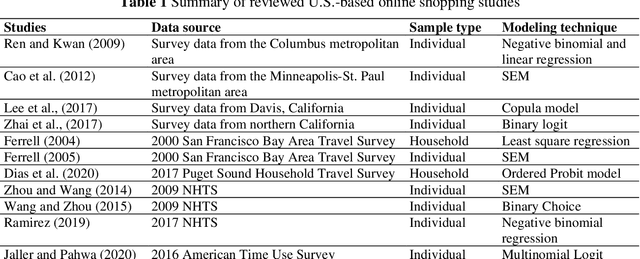


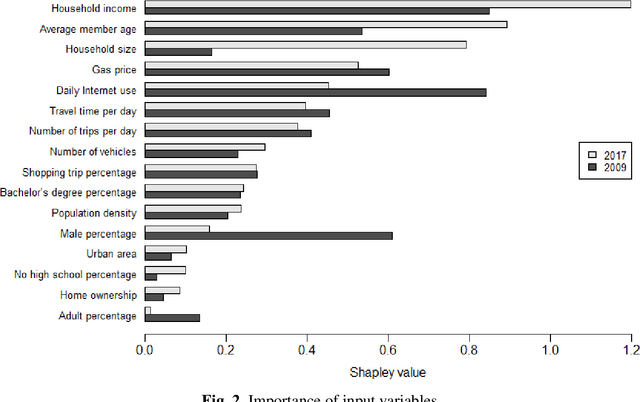
Abstract:Despite the rapid growth of online shopping and research interest in the relationship between online and in-store shopping, national-level modeling and investigation of the demand for online shopping with a prediction focus remain limited in the literature. This paper differs from prior work and leverages two recent releases of the U.S. National Household Travel Survey (NHTS) data for 2009 and 2017 to develop machine learning (ML) models, specifically gradient boosting machine (GBM), for predicting household-level online shopping purchases. The NHTS data allow for not only conducting nationwide investigation but also at the level of households, which is more appropriate than at the individual level given the connected consumption and shopping needs of members in a household. We follow a systematic procedure for model development including employing Recursive Feature Elimination algorithm to select input variables (features) in order to reduce the risk of model overfitting and increase model explainability. Extensive post-modeling investigation is conducted in a comparative manner between 2009 and 2017, including quantifying the importance of each input variable in predicting online shopping demand, and characterizing value-dependent relationships between demand and the input variables. In doing so, two latest advances in machine learning techniques, namely Shapley value-based feature importance and Accumulated Local Effects plots, are adopted to overcome inherent drawbacks of the popular techniques in current ML modeling. The modeling and investigation are performed both at the national level and for three of the largest cities (New York, Los Angeles, and Houston). The models developed and insights gained can be used for online shopping-related freight demand generation and may also be considered for evaluating the potential impact of relevant policies on online shopping demand.
Deep Reinforcement Learning and Transportation Research: A Comprehensive Review
Oct 13, 2020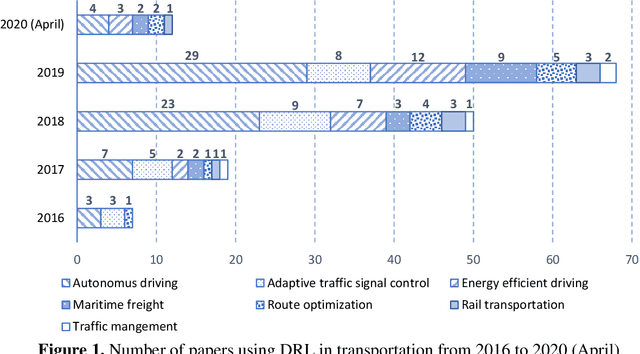
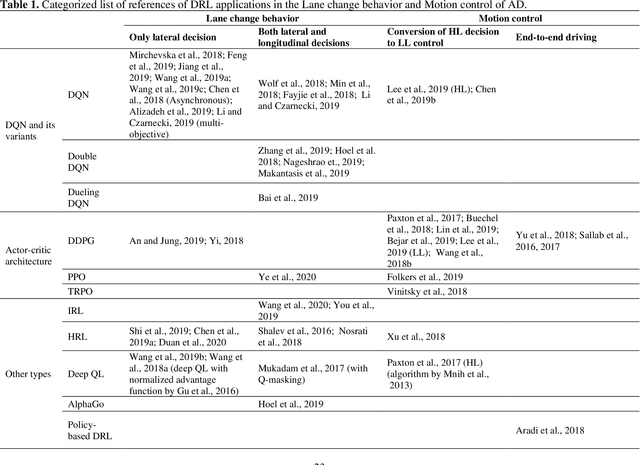
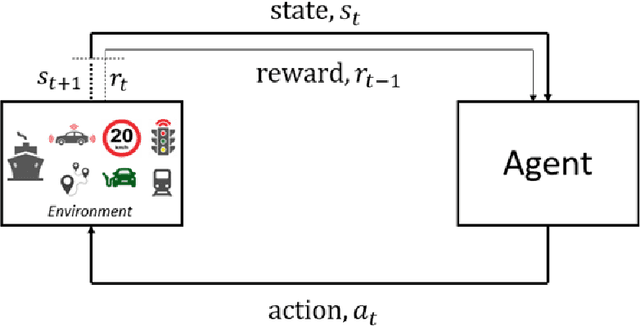
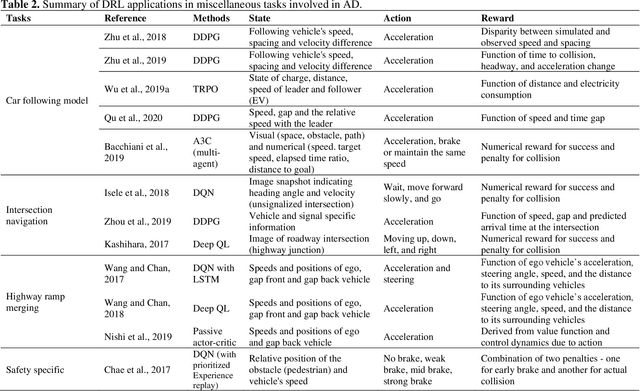
Abstract:Deep reinforcement learning (DRL) is an emerging methodology that is transforming the way many complicated transportation decision-making problems are tackled. Researchers have been increasingly turning to this powerful learning-based methodology to solve challenging problems across transportation fields. While many promising applications have been reported in the literature, there remains a lack of comprehensive synthesis of the many DRL algorithms and their uses and adaptations. The objective of this paper is to fill this gap by conducting a comprehensive, synthesized review of DRL applications in transportation. We start by offering an overview of the DRL mathematical background, popular and promising DRL algorithms, and some highly effective DRL extensions. Building on this overview, a systematic investigation of about 150 DRL studies that have appeared in the transportation literature, divided into seven different categories, is performed. Building on this review, we continue to examine the applicability, strengths, shortcomings, and common and application-specific issues of DRL techniques with regard to their applications in transportation. In the end, we recommend directions for future research and present available resources for actually implementing DRL.
 Add to Chrome
Add to Chrome Add to Firefox
Add to Firefox Add to Edge
Add to Edge